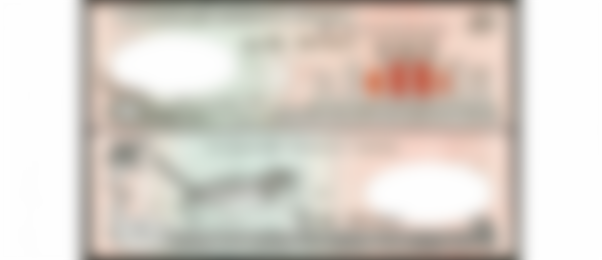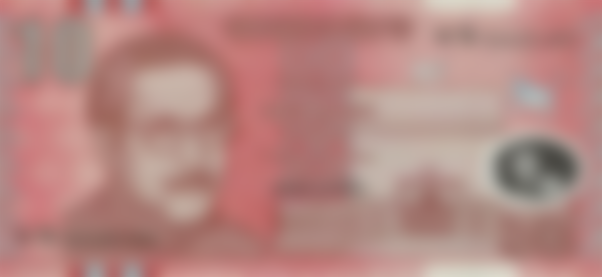Money is literally inextricably linked with our lives. In real life, money must be used from birth to death. Life without money is almost useless. Whether you want to buy a pencil, want to have an ice cream, or think about going out - whatever you do, you need money. The direct form of money is money or notes.

Money is the name of a currency. Currency is actually a medium of exchange. Each country's currency has a different name. Like someone's name is pumpkin, someone's honey. But the real identity of both of them is that they are human beings. Similarly, money, dollar, rupee, dinar, yen, ringgit, yuan, euro - everything is currency.
But there was a time when there was no money. But even then people needed different things. So how do they meet their needs? Since ancient times people have felt the need for money and started using it in different ways.
Never traded with the leaves of the tree, never again with the metal pieces made of copper. Today, factory-made paper fragments are being used to gradually develop civilization and skills.
Although the name is different in different countries, but the work is the same. So where did this money come from in our country, how did it come from or the unknown words of the money notes must have made us think. So let's see what money is today! What is the history of the key and what is the history of paper notes in Bangladesh.
Origin of the word 'money'
According to linguists, the word 'money' is derived from Sanskrit. Money comes from the Sanskrit word ‘tank’, which means silver coin. Earlier, the word money was used to mean any type of coin or coin.
In the state of Bengal, the word money has always been used to refer to any coin or coinage. In the 14th century, Ibn Battuta noticed that the people of the Bengali sultanate used to call gold and silver coins "money" instead of dinars. As a part of Bengali language, Bengalis use the word 'taka' to mean all kinds of currencies or notes or capital.
History of Money in Bangladesh
Money (currency symbol: ৳; bank code: BDT) is the currency of Bangladesh. Bangladesh was born in 1971 but it started in 1947 as East Pakistan. At that time Pakistan rupee was in circulation in the country, which was also called money on paper and pen. During the war of liberation, Bengali nationalists privately used rubber stamps inscribed 'Bangla Desh' on one side of Pakistani money and 'Bangla Desh' on the other side against Pakistanis.
On June 8, 1971, the government of Pakistan declared the money with the rubber stamp illegal and worthless. It is known that even after this, till March 3, 1973, the Pakistani money with this rubber stamp was circulating all over the country.
After the independence of Bangladesh in 1971, a new currency was introduced. It took about three months. So at that time Pakistani rupee was used. On March 4, 1972, the Bangladeshi currency was declared as 'taka'.
The advent of coinage on its own paper
One rupee:
Pakistani rupee was in circulation for a few days after Bangladesh gained independence. Later on March 4, 1972, a Bangladeshi 1 taka note was issued. On March 2, 1973, the first 1 taka note with the national symbol of Bangladesh was issued.
Then on 18th December 1973 another 1 taka note was issued and on 3rd September 1979 another 1 taka note with watermark of "Royal Bengal Tiger" was issued.
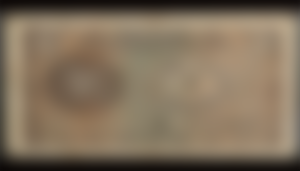
Two rupees:
The 2 taka note was introduced in 1989. The 2 taka note was recognized as the most beautiful note in the world in 2012 through a poll conducted at an online entertainment outlet in Russia.

Five rupees:
The first 5 taka note was issued on 4th March 1972. Later on September 1, 1973 and in 1974, two more notes with the picture of "Bangabandhu Sheikh Mujibur Rahman" were issued. On October 11, 1976, a note with a picture of "Tara Mosque" was issued.
On May 2, 1986, instead of "Tara Mosque", a note was issued with a picture of "Mehrab of Kusum Bagh Mosque". The note was issued on October 8, 2006. The difference is that the note is 3 mm. Wide safety yarn is used. In the meantime, on October 1, 1993, 5 taka coins were issued.
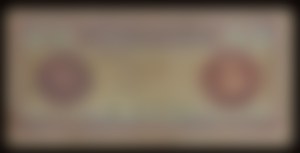
Ten rupees:
The first 10 taka note was issued on 4th March 1972. Subsequently, two more notes with the picture of "Bangabandhu Sheikh Mujibur Rahman" were issued on June 2, 1972 and October 15, 1973.
On October 11, 1976, a note with a picture of "Tara Mosque" was issued. Subsequently, on August 3, 1978 and September 3, 1982, two different notes with pictures of "Atiya Jame Mosque" were issued. On December 11, 1997, a note with a picture of "Lalbagh Fort Mosque" was issued.
Polymer notes of Rs 10 were made and brought from Australia on December 14, 2000. But this note failed to gain popularity and was later withdrawn from the market. Another note of Rs. 10 was issued on January 7, 2002 and the last note was reissued on September 21, 2006 by increasing the security elements.
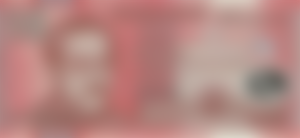
Thanks to everyone for reading this article


